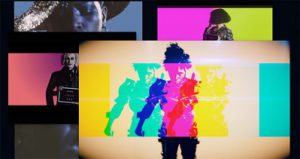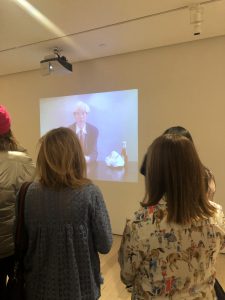Towards the end of last week I was able to visit the Whitney Museum of American Art. The Whitney has been showcasing Andy Warhol’s art throughout the museum since the start of November 2018, through March 31, 2019. I have visited the Whitney in the beginning of December and haven’t visited since. They added a miniature screening theater to showcase his short experimental work. The Whitney had already used an entire floor to show most of his videos on TVs and projectors, this addition was held in the middle of other works of art besides just video.
I sat down to watch two different pieces with the same concept behind them I would say. Both pieces were about eight and a half minutes long and both of these videos were screen tests. Andy Warhol encouraged the subjects to follow strict rules, like to sit as still as possible without blinking, for the whole roll which was a little over three minutes. I only learned that Warhol wanted his subjects to do this after my viewing, this fact did make the pieces make a little more sense. The subjects that I sat and watched were Ethel Scull and Edie Sedwick. Ethel Scull was first on the screen and she was sat directly in front of the camera, set up for a close up shot, for the length of the roll film in the camera. At first she was opening her eyes wide and stayed sitting in the chair. After a minute or so when she began to blink she gave in a little bit and did not sit up as straight as she did in the beginning. She began to try again to keep her eyes open as long as she could, but the roll of film seemed to be longer than she expected.
At the end of each of these pieces you can tell the whole roll of film is used up because of the flare effect that happens when the roll is used up. This happens at the end of Ethell Scull’s and Edie Sedwick’s film. Edie Sedwick was trying her hardest to keep a straight face without blinking when it was her turn in front of the camera. Even though she might’ve lasted a little bit longer than Ethell Scull, after she blinked and smiled she wouldn’t try after that. She would continue to blink, but still try and stay still for the camera like Warhol wanted them to behave. She was different from the first woman Ethell Scull because she wasn’t trying to stay serious the whole time. Even though she blinked and was beginning to laugh in front of the camera, she still tried to stay still.
These short screen tests for both women interested me because it made me think why would Andy Warhol want to make films like these. It made me wonder if Warhol wanted to show how human these two women are and just like any of us they can’t stay still. He could also be demonstrating how difficult it is for people in general to keep still and people just want to keep moving. These two pieces were short, but had a lot to say in the short time that they had.
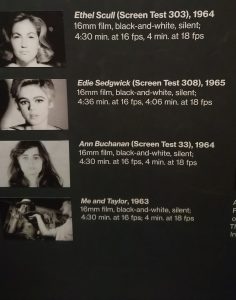
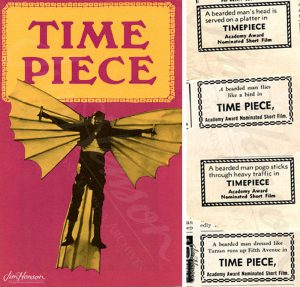
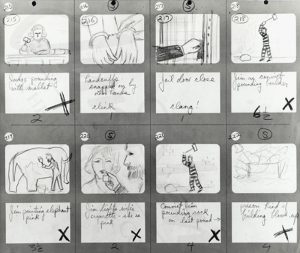

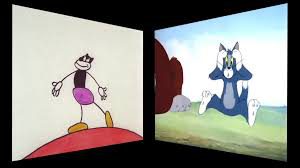
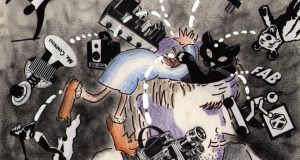
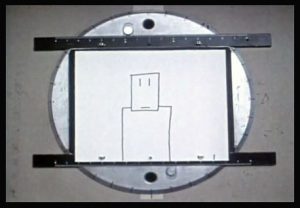
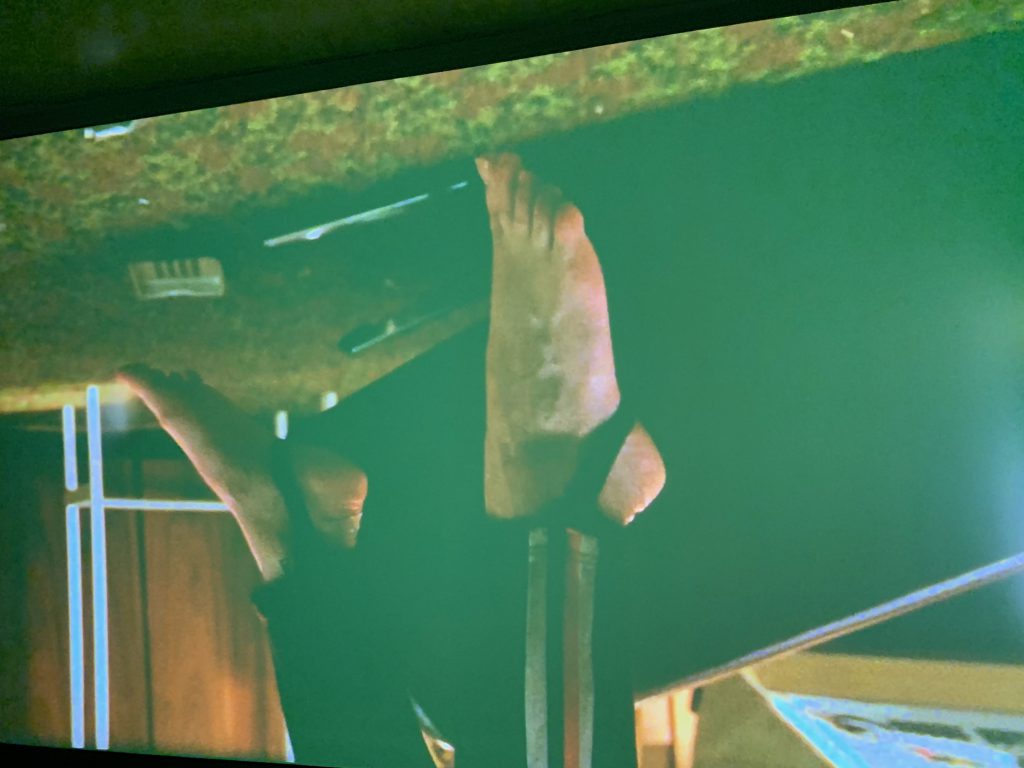


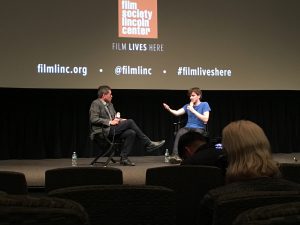
 I saw lots of abrupt cuts, unique angles and replacements of cameras, and less explanations. All the films focus on young males and how they interact with each other. The shared theme among the three pieces seemed to be nature, plants, and fruits such as boys hanging out in abandoned buildings, cave, and around their houses. The locations of the shoots are different for each film including Argentina, France, and Vietnam. However, the director did not use conventional texts indicating time and location or personalize characters. It actually depersonalizes the image and characters. I started to realize there are more similarities than differences among people all over the world. Third piece was very interesting and experiments with the boundaries of repetitions where sounds get extremely overwhelmed. All of the sounds are juxtaposed two sentences starting “Seems like A is B” and last throughout the entire film. Moreover, image the filmmaker chosen to go along with the sentences are footage taken from 360 degree GoPro attached to roller skaters and men dressed as women cruising a town with their car. Again, no explanations to those characters at all and the image seem to be pretty much observational.
I saw lots of abrupt cuts, unique angles and replacements of cameras, and less explanations. All the films focus on young males and how they interact with each other. The shared theme among the three pieces seemed to be nature, plants, and fruits such as boys hanging out in abandoned buildings, cave, and around their houses. The locations of the shoots are different for each film including Argentina, France, and Vietnam. However, the director did not use conventional texts indicating time and location or personalize characters. It actually depersonalizes the image and characters. I started to realize there are more similarities than differences among people all over the world. Third piece was very interesting and experiments with the boundaries of repetitions where sounds get extremely overwhelmed. All of the sounds are juxtaposed two sentences starting “Seems like A is B” and last throughout the entire film. Moreover, image the filmmaker chosen to go along with the sentences are footage taken from 360 degree GoPro attached to roller skaters and men dressed as women cruising a town with their car. Again, no explanations to those characters at all and the image seem to be pretty much observational.